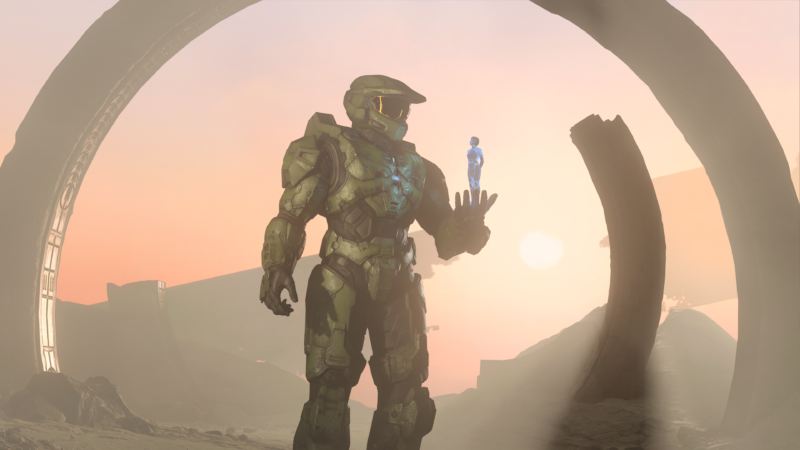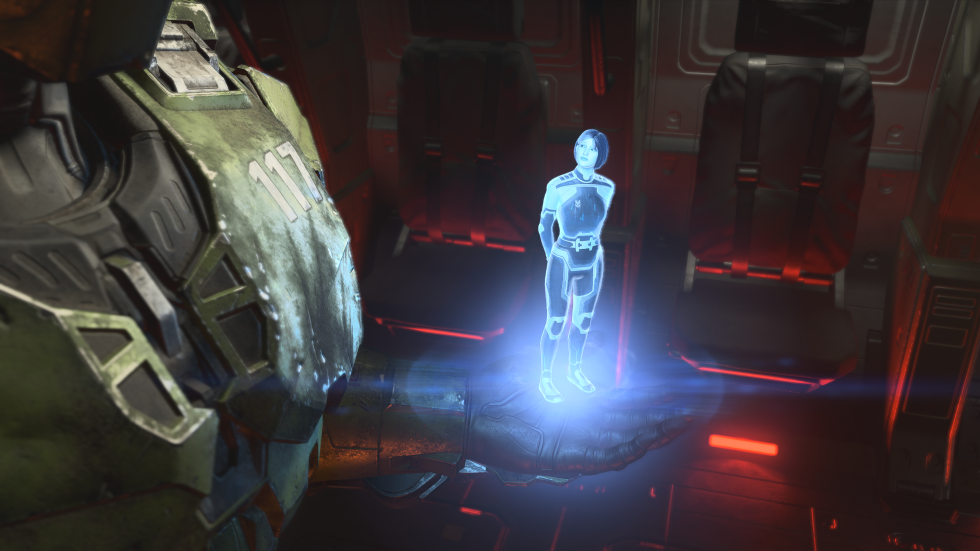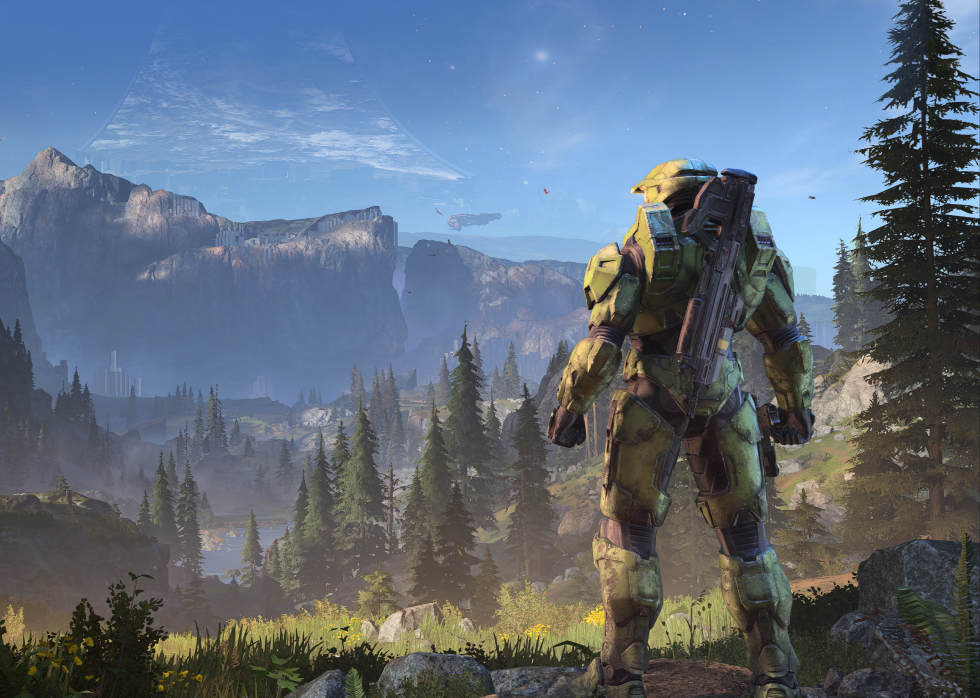
Xbox Game Studios / 343 Industries
Halo Infinite is the best campaign-driven entry since 343 Industries took over the series in 2011. It is also the messiest Halo game yet.
To be clear, I enjoyed my time with Halo Infinite‘s campaign. That’s primarily because the game sees 343 finally nail its own Halo “voice,” one whose mechanics, gunplay, and physics feel more rooted in the series’ past than ever before. Meanwhile, 343 uses clever ideas to modernize and go beyond the foundation established by Bungie. And the game delivers story, dialogue, and sci-fi stakes where they count.
But there’s no way to review this title without complaining about the game’s launch state. Halo Infinite may reach new series heights, but its ambition tests the limits of the duct tape keeping the game together.
Before we begin, three housekeeping notes
First, this is a campaign-exclusive review. Xbox Game Studios has wisely split Halo Infinite into two discrete parts, and the online versus-multiplayer suite has been live as a free-to-play game since November 20. It’s quite fun, and I’ll have more to say about it in the near future. For this article’s purposes, “Infinite” refers to the campaign launching on Steam, Windows 10, and Xbox consoles on Wednesday, December 8, not the versus modes.
Second, Ars Technica takes spoilers seriously, so I will avoid talking about significant plot points. I arguably spoil a few things about the game’s progression to make critical points, though. If that’s an issue for you, now’s a good time to stop reading, or you can simply skip to the verdict at the very end of the story.
And third, Infinite is currently missing a massive feature: there’s no co-op mode yet. 343 Industries opted to sacrifice the series’ expected co-op functionality in order to meet a December 2021 launch deadline. Get the single-player done now; add co-op later. (Current estimate: May 2022.)
Demerit for not being cooperative

Having played the Infinite campaign to completion, I understand how this situation could have come to be. Progression and quest chains are now blended into an open-world structure, which means the game doesn’t work like the menu-driven Halo games of old. I wonder if co-op will work as a drop-in, drop-out kind of game, with only the “primary” player advancing in terms of unlockables and progress. (I’ll get to that later.)
Was nixing co-op the right call? Financially, for Microsoft, maybe. On a gameplay level, I couldn’t stop thinking about co-op while playing Infinite alone. The game’s best missions and combat include more reasons to invite squadmates and issue battlefield commands than any Halo game in the past, and 343 acknowledges this by giving you AI squadmates as an unlockable perk through the campaign.
If the absence of co-op is a dealbreaker for you—a likelihood reinforced by the past seven campaigns shipping with the feature—you should wait. Don’t install the campaign. Even if you hate online shooters, I suggest grabbing the free-to-play versus-multiplayer suite, teaming up with friends, and playing together in Infinite‘s handy “versus bots” lobbies. You’ll get all the game’s new weapons and abilities, plus some very solid AI bots to square off against. The mode will tide you over much better than making someone watch you play the campaign by yourself.
“We’ll build a ring-shaped superweapon again!”

Xbox Game Studios / 343 Industries
With that out of the way, I’ll start with the good news.
Do you want a return to the series’ meaty sci-fi plot stakes, bolstered by trippy scenes and solid acting? Do you want a massive landscape over which you can drive a rumbly, tumbly four-wheeler through an encampment of foes? After that, do you want to nimbly grapple-hook your way into a massive battle that rekindles your love for Halo? You’ll find that stuff here.
Infinite follows the series’ core tenets of providing excellent first-person gunplay, third-person driving, and a slew of familiar military and alien weapons. Unlike in 2015’s Halo 5, we’re back to controlling the character Master Chief the entire time, and he finds himself landing on an unfamiliar, supersized ring planet called Zeta Halo. It has been blasted and partially destroyed, and some very bad monsters have designs on putting it back together—and turning it into a human-killing superweapon.
That may sound like the Halo series is putting up its version of the Death Star—”we’ll build a ring-shaped superweapon again!”—but the game differentiates its environments and plot beats enough to make Infinite‘s familiar premise work better in practice than on paper. More on that in a bit.






